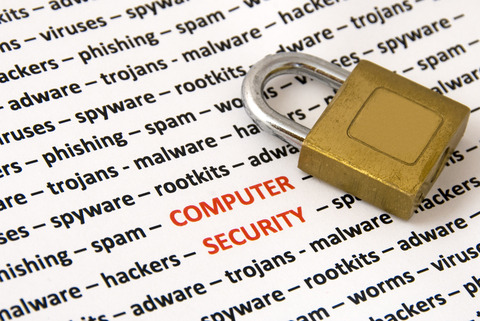Protecting your Gmail account means you must activate some tools that Google offers, and you must increase your scam savvy intelligence in order to spot phishing scams. If you do both, you can have a very well-protected Gmail account.

#1. Google 2 Step Verification. This is the Holy Grail of account security. Not really, but it’s the best they have available. With 2 Step you get a onetime log-in code to a secondary device like a mobile phone via text or the “Google Authenticator” app. I like text best. This will surely protect your Gmail account because a hacker would need access to this secondary device to bust into your account, since Google would require a six-digit unique code for this second device to access your account.
Speaking of codes, you can generate a number of one-time codes that you can use in the event of a mishap such as losing your device; you can use these codes to access your account from a temporary device.
#2. Stay out of Google's spam folder. Learn to ignore spam. Must you open every e-mail? Google does a pretty good job of spam/phish filtering. Leave the phishy/spammy messages alone and you’ll be in good shape.
Most malicious or “phishing” e-mails are very obvious, with any of the following in their subject lines:
-- Get back to me
-- Your money is waiting
-- If you don’t read this now you’ll hate yourself
-- Claim your reward
However, some subject lines look less suspicious, like “Your Amazon.com order has shipped.” If you use a unique e-mail account solely for Amazon or eBay, and then promise yourself never to click on a link inside the e-mail, you’ll be fine.
#3. Never give out your password.
Remember: If someone requests your Google account password, it’s malicious. If you think Google wants your password, don’t give it via any link in an email. Instead go to https://www.gmail.com or https://accounts.google.com/ServiceLogin and login.
#4. Account recovery options: Keep up to date. Always keep your mobile phone number current because it’s what Google uses to send you a security code. So if a hacker gets your Gmail account password, it’s useless unless they have your smartphone number, which Google will use to send you that code to prove your identity.
#5. Have a recovery e-mail address that’s also up-to-date because Google uses this strictly for sending security codes for when you forget a password. You should have this second email address also because Google will use it to send important security information.
#6. Secondary email address. This is in addition to the recovery address mentioned prior because you can use this alternate to sign into your Gmail account. Note, however, that this alternate address must not be part of your Gmail account or even associated with a second Google account.
#7. Use secure connections. Gmail should always be set to use a secure connection, denoted by HTTPS before the URL. Go to Settings, General, Browser Connection to set it up. Use a secure VPN for logging in. Hotspot Shield protects and encrypts your wireless connections.
#8. Strong & long is the name of the game. Enough of passwords like Puppylover1, carfiend1979 and Darlingmama. Don’t use words that can be found in a dictionary. Include symbols like #, * and $. The more nonsensical and longer the password, the better. Next, do not ever use your Google password for any other account. Your e-mail passwords should be equally nonsensical.
#9. Incognito. Use the “incognito” or “private” mode in browsers when you’re on a public or shared computer such as at a hotel. These modes will prevent cookies, web history and other data formation from getting stored. If these modes are not available, clear your cookies and browsing history when you LOG OUT.
#10. Finally, to protect your Gmail account, keep your system up-to-date and secure with anti-virus and anti-malware.
Robert Siciliano is an Identity Theft Expert to Hotspot Shield VPN. He is the author of 99 Things You Wish You Knew Before Your Identity Was Stolen See him discussing internet and wireless security on Good Morning America. Disclosures.
No comments:
Post a Comment